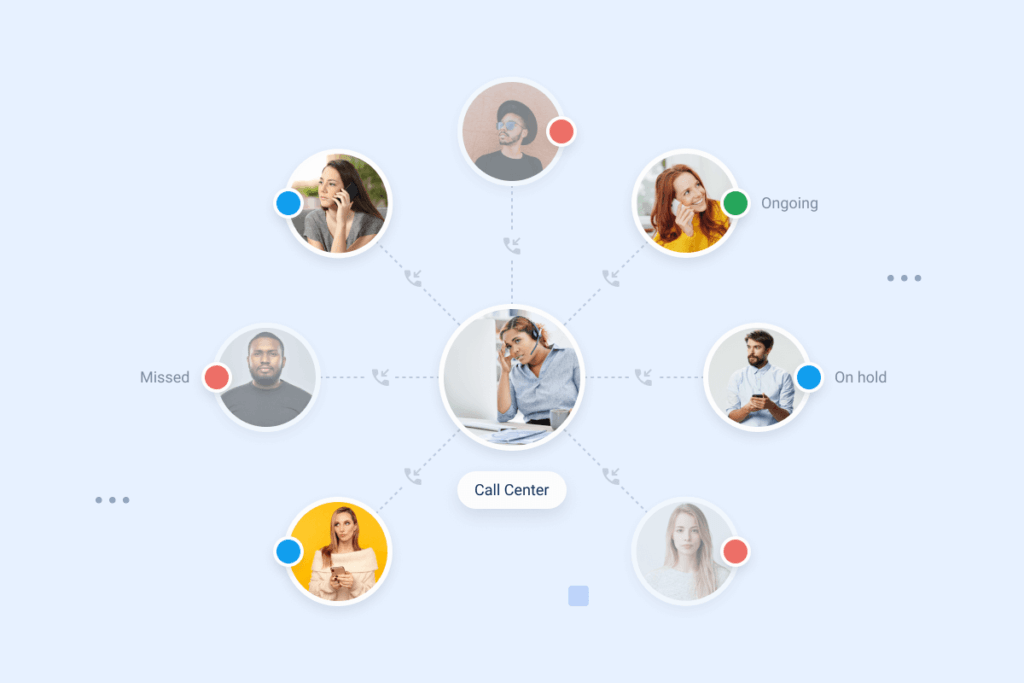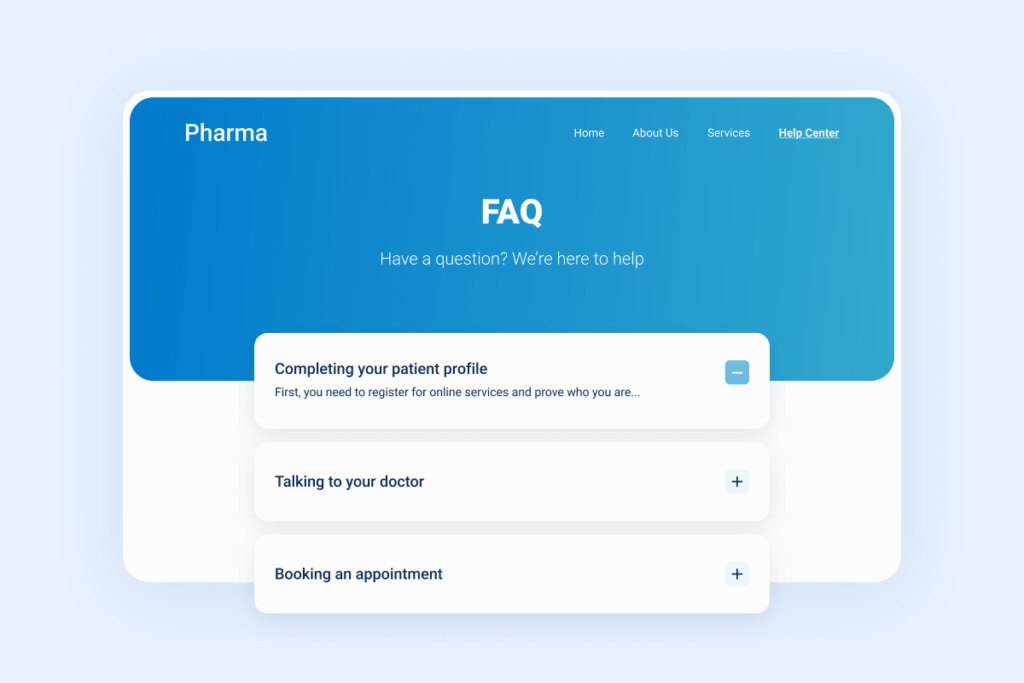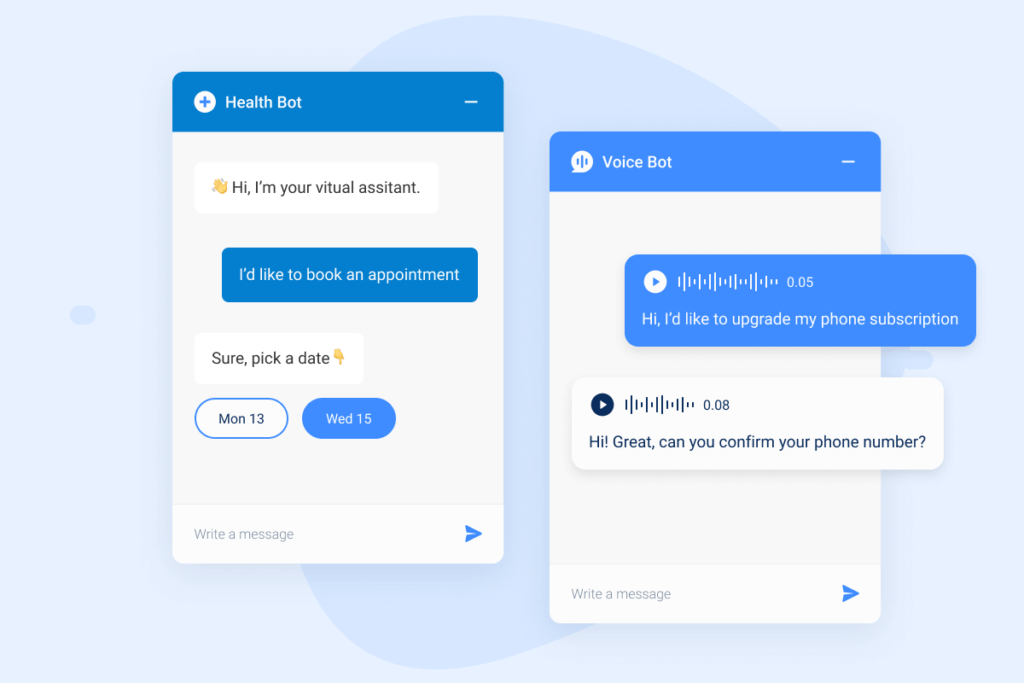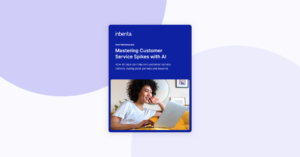A call center experiencing higher than average call volume is stressful. Think about it: endless phone ringing, long call queues, frustrated customers, and anxious staff. All this is enough to cause call agent demotivation, high error margins, and low customer satisfaction.

High call volume happens when your call center is receiving more calls than it can accommodate over a sustained period of time. Typically, high call volume occurs when you experience a 10% increase from the regular amount of calls received.
Whether this is a seasonal issue or happens regularly, high call volumes can put unnecessary strain on the business. Luckily, there are several ways to fix this.
In this blog, we’re covering 6 effective ways to reduce high call volume in your call center to help your agents respond to calls in a timely manner and improve the overall customer experience.
Let’s walk through them:
1. Understand why call volumes are high in call center
Before investing in hefty business solutions, start by going to the root of the problem: understanding why call volumes are high in the first place.
There are many reasons why this can happen, including:
- your customers don’t understand how to use your product or service
- your customers are not aware of other options they can use to get help
- your team is understaffed
- your team is ill-equipped to handle the volume of calls they receive
- there is a recurring concern about your product or service
Start analyzing the call data and look for trends or common questions and concerns your customers have. This will give you a clear indication on why they are calling in more and what exactly they need support with.
With your findings, plan your strategy and solutions accordingly. For instance, decide if you can create resources that can help guide your customer online or see what can be improved in the onboarding process to eliminate unnecessary customer support calls.
2. Offer callback options to customers on-hold
Let’s face it: no customer enjoys being on hold. In fact, surveys show that over 60 percent of consumers feel that even one minute of hold time is too much.
The result? Anxious agents rushing to find solutions for frustrated customers and potentially compromising on service quality.
On the other hand, customers who are on hold much rather receive a callback. According to a survey by Software Advice, 63% of the 1100 respondents prefer a callback option instead of waiting on hold.
When providing callbacks, your agents will have more time to address the most crucial tickets and provide a more personalized service. This ultimately results in better customer experience and brand loyalty.
Once the most important calls are dealt with, agents can go ahead a call those customers who asked for a callback. Some customers may give you a preferred time to call back so make sure to ask when taking their details.
3. Utilize agent shifting during peak times
If the volume of calls coming into your call center increases during certain times of the day, it’s good practice to assign certain shifts to specific agents. For example, if Monday, Wednesday, and Friday are your busiest days, assign your most experienced team members to these days.
Additionally, if you have a virtual queue system set up, you can assign customers to specific agents based on their availability and best times to reach them. This can help to reduce the high call volumes and allow customers to receive better service.
When employing new recruits, plan their initial training and shadowing at times when your call center is less hectic. This allows your experienced agents to be focused on customer experience during peak times and become a better mentor to new agents during slow times.
4. Open more support channels
From live chat, email, and even social media, there are plenty of other ways you can offer support to your customers without being on the phone.
One of the biggest advantages of dealing with customer queries this way is that these channels work asynchronously. This means that your agent can potentially solve multiple problems at a time without negatively impacting the customer experience.
Offering more support channels will not only relieve the pressure on your call agents but also allow your customers to find help the way they feel works best for them. It also helps the team prioritize queries and attend to the most important ones first.
However, make sure that all support channels “talk to each other” so that your support team can always get access to any communications the customer has had with them in the past regardless of the channel used.
5. Create a self-service knowledge base
Customers want immediate access to information and they don’t want to struggle to find it. In today’s digital world, more and more people are seeking answers on the internet.

They’d much rather scroll through your website and forums to find the solution to their problem than having to call support. And if your website doesn’t have much information or it has poorly written content, you could be losing business.
Tools like Inbenta’s Knowledge Management System help you analyze queries and create a robust help center that is accessible and up-to-date. It also uses AI search to show customers and employees the right answer, regardless of the keywords they use.
Your help center can include FAQs, articles, guides, and other types of content designed to walk your customers through their problems. This not only helps your customers but also acts as a great resource tool for your team as well.
Remember, your customers prefer to solve their problems on their own. Supporting them with information they can find by themselves easily will ultimately reduce high call volumes as well as improve your First Contact Resolution (FCR) rates.
6. Invest in chatbot solutions
A chatbot is an automated tool designed to simulate an intelligent conversation with human users. Chatbots use artificial intelligence (AI) service to automate communication with your customers to help you save on labor costs without compromising on the customer experience.

But some chatbots are smarter than others. Inbenta’s AI Chatbot can be embedded into your website or be connected to your WhatsApp or Facebook Messenger to provide a consistent, seamless support service to your customers. For example, if a customer is browsing through the help center, the company’s chatbot might initiate contact with a pop-up.
With integrated conversational AI support, chatbots allow you to schedule automatic messages to customers, provide helpful tips, escalate queries to live agents, and more.
But the magic of chatbots doesn’t stop there. In addition to classic text-based chatbots, voice chatbots are now being used to offer an even more seamless customer experience. In recent years, we have seen a big shift towards voice search, making voice chatbots an efficient way to lower high call volumes in call centers.
Voice chatbots can communicate in an automated way using vocal input and output. Customers can talk to the bot like they would a person. In turn, it will respond with a voice of its own without the need for human interaction on its end.
Dealing with persistent high call volumes in your call center?
Consider investing in automated tools to improve your customer support fast. With software solutions that include self-service knowledge bases, AI conversational support, and chatbots, call centers are prepared to handle surges in call volumes anytime.
Some important benefits of investing in customer support automated tools include:
More time for your agents: Automated tools free up call and research time so that your agents can offer a personalized service to customers without rushing them through the solution process.
24/7 access: With a resourceful knowledge base and AI-powered chatbot, your customers can feel supported during and after office hours.
Lower labor cost: You no longer need to invest in temporary staff during peak seasons. Additionally, lower call volumes improve staff morale and reduce turnover.
Improved brand loyalty: Happier customers are more loyal to the brand and are more likely to recommend your products and services to others.
Want to learn more about customer support automated tools and how they can help you improve your business fast? Download our free e-book on How to offer excellent customer service thanks to automation.










